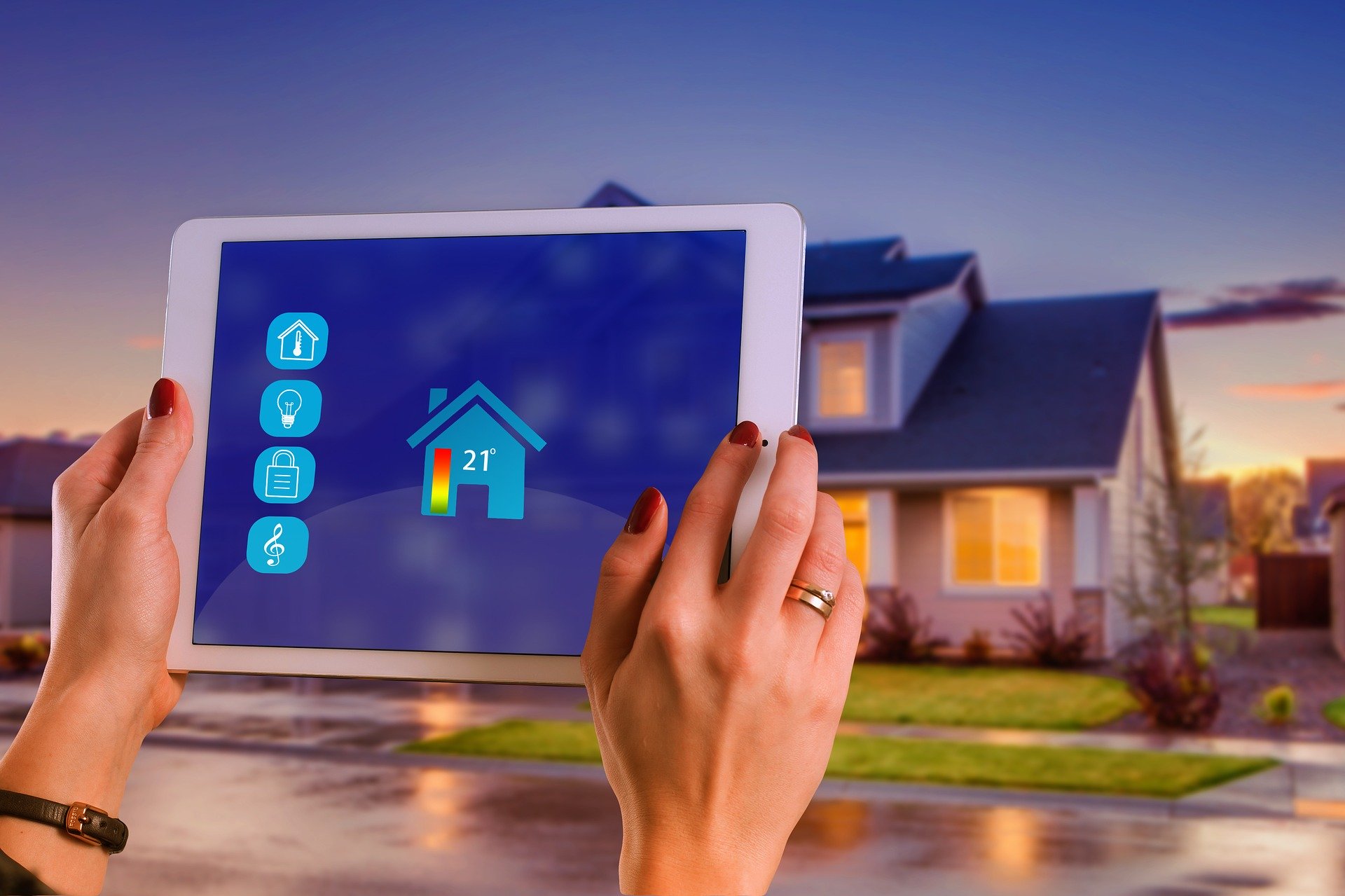
by Henriette Rousseau
A lot of our energy still comes from non-renewable sources. Despite the steady rise in alternative energy sources like solar and wind, the U.S. is still mainly powered by fossil fuels like petroleum, natural gas, and coal. What’s more, the average American family uses around 300 gallons of water per day, but so much of this is wasted—resulting in nearly 1 trillion gallons of water wasted annually.
While it’s unavoidable for many households to rely on fossil fuels and water, everyone can help curb their power and water usage by looking into current technologies. One such innovation is smart homes. So, let’s go through a rundown on what smart homes are, and how their components can help push for a more sustainable lifestyle.
What are smart homes?
To put it simply, a smart home is a setup where various appliances, devices, and fixtures are networked together and can be controlled remotely via a smart home hub. This way, homeowners can access their smart home components through devices like cell phones or smart speakers. Smart homes can also be equipped with AI and machine learning tools that allow you to fully personalize your home experience.
Smart home gadgets come in a variety of types and uses—from smart thermostats and lighting systems that let you have complete control over your home environment, to robotic cleaners and smart doorbells that can boost your quality of life. These components exist to provide homeowners with comfort, convenience, and accessibility. More importantly, smart home gadgets can also boost your home’s sustainability and help you conserve energy if configured with the right settings.
How are smart homes eco-friendly?
You can save on power by automating your home. As smart home technologies become more accessible and affordable, a lot of American households hold the potential to make a collective effort to mitigate power and water wastage. Here are some smart home components that have sustainability in mind:
Smart thermostats
Other than giving you remote access to your HVAC systems, smart thermostats can significantly reduce your carbon footprint. Smart thermostats often come with small, wireless sensors that are scattered around your home. Through this, your thermostat can automatically shut down or adjust the temperature depending on where a person is inside the house?—effectively limiting power usage in empty rooms. Furthermore, smart thermostats can be programmed to learn your desired temperature settings. This allows you to track when you use your HVAC system the most and adjust accordingly to conserve energy.
Smart lighting systems
It’s time to get with the times and make the switch to smart LED bulbs. A crucial component of smart homes, smart LED bulbs not only consume less energy and last longer compared to incandescent bulbs, they also come with features that make it easier to avoid wasting power. They range from being programmed to shut off once a person leaves a room, to sending you a notification in case a lighting fixture has been left on.
Smart water fixtures
Aside from energy, it’s also important to look into how your home uses its water. Smart homes can also be fitted with water fixtures that can help curb your water consumption. For example, smart showerheads can control water flow and pressure for maximum conservation, but still maintain a superb shower experience. Furthermore, some smart faucets come with sensors, so you could simply walk away without worrying about not turning it off.
It’s important to practice sustainability in every aspect of our lives, so using smart home technologies can be an impactful step in the right direction. Other than cutting back on your monthly energy and water bills, using smart home gadgets will make living at home a more comfortable experience.
